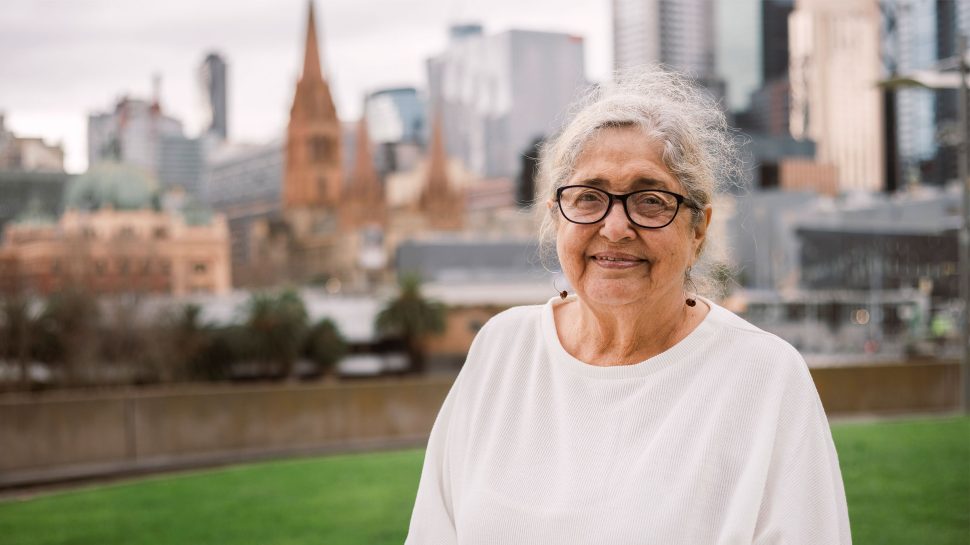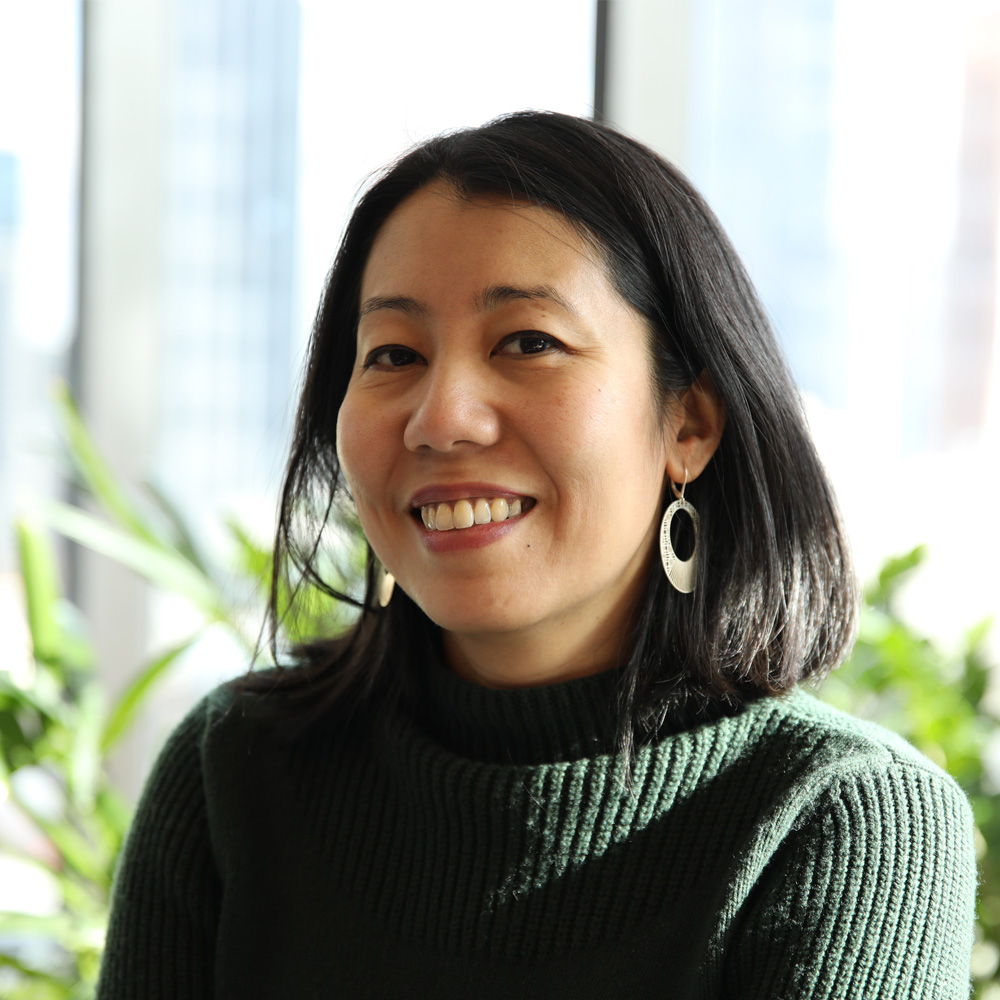Putting Traditional Place names on mailing addresses makes big impact on Indigenous communities
Richard Brown has spent years sharing his family history through his paintings. This NAIDOC Week, he talks about connecting with the land and sharing country with the rest of Australia by including traditional place names in mailing addresses.
Richard Brown grew up with little connection to his Indigenous roots apart from his mother and his traditional name, Kartammeru, which means firstborn son. Then in his teenage years, he ran into a few cousins at a party. That unexpected meeting introduced him to a vast Kaurna and Narungga family circle in South Australia.
“I began making regular trips from Victoria to South Australia to see my elders, and each time I’d return with a migraine from the information overload,” says Richard. “I was born and raised in Victoria but I feel at home in South Australia. My mob, my people and my ancestors are there. That's what it means to have connection with the land and country.”
Richard lost his mother in 2001. To cope with the grief and depression, he sought refuge an old hobby – painting. Initially he planned on painting fridge magnets and jewellery to sell at local markets. But when that didn’t ignite a spark within him, he decided he would paint just for himself.
Through his paintbrushes, Richard turns into a storyteller who weaves his family history and narratives into works of art. It’s his way of staying connected to them, and especially to his mother. It’s important.

Sharing country with the rest of Australia
Another thing that is important– not just to Richard but to Indigenous communities across Australia – is the recent inclusion of Traditional Place names in mailing addresses.
What started as an idea last year by Gomeroi woman, Rachael McPhail, has resulted in Australia Post updating its addressing guidelines to include Traditional Place names and now the launch of updated packaging to include Acknowledgement of Country and a dedicated Traditional Place name field in the address panel.
Richard doesn’t hold back his enthusiasm for this initiative. “It’s an awesome concept! I live in Taungurong Country but if you walk down my street, I can tell you that not a single person would know that’s its traditional name. So this a big step forward for Indigenous people and a stepping stone towards sharing our culture with the rest of Australia.”
To find an area’s Traditional Place name, Richard suggests getting in touch with Aboriginal and Torres Strait Islander Land Councils or Cultural Centres in your locality or checking the AIATIS map which shows the general locations of larger groups of people. Then write the Traditional Place name between the recipient’s name and their street address.
Richard says, “It would be a proud moment for my aunties and uncles to receive mail from me with our country on it. I reckon a couple of them would have a few tears in their eyes. It’ll hit them in the heart to see country being shared properly this way.”



